Elbow Osteoarthritis
Arthrosis of the elbow (cubital arthrosis): symptoms, causes and treatment
Osteoarthritis is a slowly worsening degenerative joint disease caused by irreversible loss of articular cartilage and changes in the bone beneath the articular cartilage. Osteoarthritis of the elbow joint is less common than osteoarthritis of the hip or knee. The elbow is a joint unloaded with the body weight and its disease with primary arthrosis therefore often proceeds with smaller complaints compared to complaints of the hip or knee. Symptomatic osteoarthritis of the elbow is characterized by limited motion and pain. It differs from osteoarthritis of other joints in that it is characterized by the formation of peripheral bony deposits and joint stiffness rather than a narrowing of the joint space. Elbow osteoarthritis was first described in British miners in 1955, and the first clinical and radiological changes were published by Japanese orthopedists in the 1970s.
Causes of arthrosis
A distinction is made between primary and secondary, usually post-traumatic osteoarthritis. Primary osteoarthritis is the development of a degenerative disease without an identifiable cause. Secondary arthrosis most often develops after a fracture in the elbow region. Nowadays, post-traumatic osteoarthritis of the elbow joint is the most common. Due to the shape of the elbow joint, unevenness of the joint surfaces above 2 mm is poorly tolerated and is the cause of the development of secondary degenerative changes. A step-like unevenness of the articular surface greater than 2 mm should therefore be corrected at an early stage by corrective surgery. Therefore, we reconstruct elbow fractures as perfectly as possible and thus prevent the development of osteoarthritis.
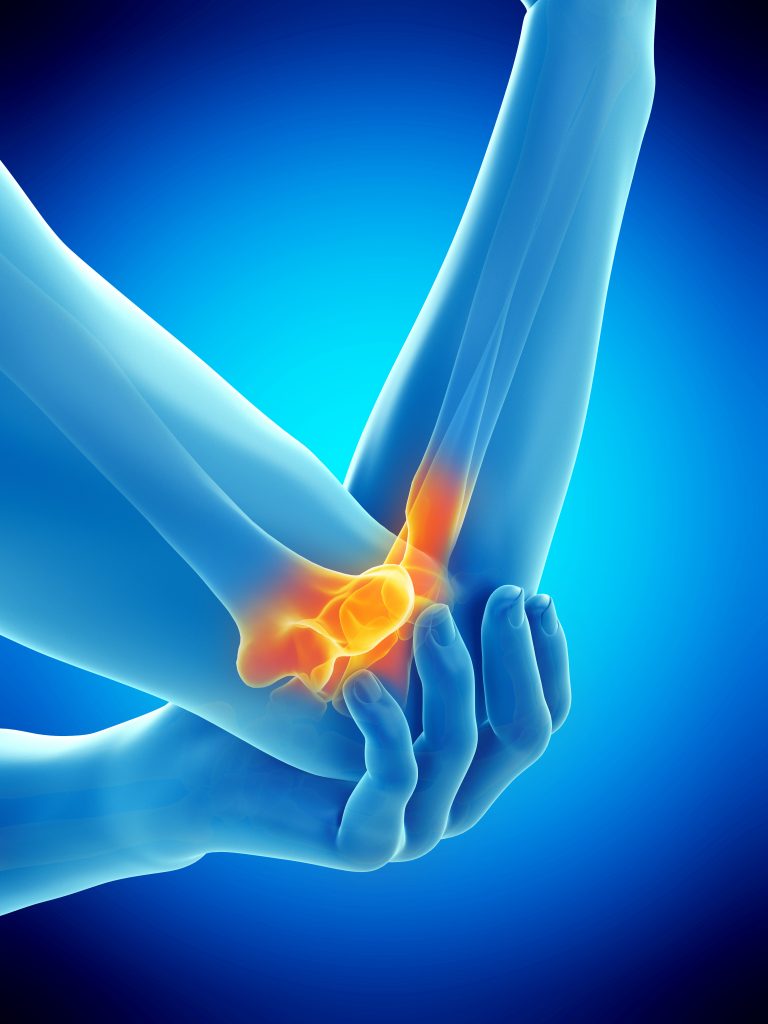
Incidence of elbow osteoarthritis
Primary osteoarthritis of the elbow affects about 2% of the population. The average age at which symptoms appear is 50 years. Causes include heredity, aging, bone loss, or excessive stress on the joint. Elbow osteoarthritis is most common in men who perform heavy physical labor (typically work with pneumatic tools) or in athletes (with overhead activity, usually throwers). Women are four times less likely to be affected than men. For example, elbow arthrosis is more common in wheelchair users or patients who are permanently dependent on crutches at a young age.
Even as an unloaded joint, the elbow physiologically carries a load many times greater than body weight in a variety of activities. Primary osteoarthritis usually affects the inner part of the joint first and the degree of its development here is associated with age. The outer side of the joint does not show such development of degenerative changes at the beginning.
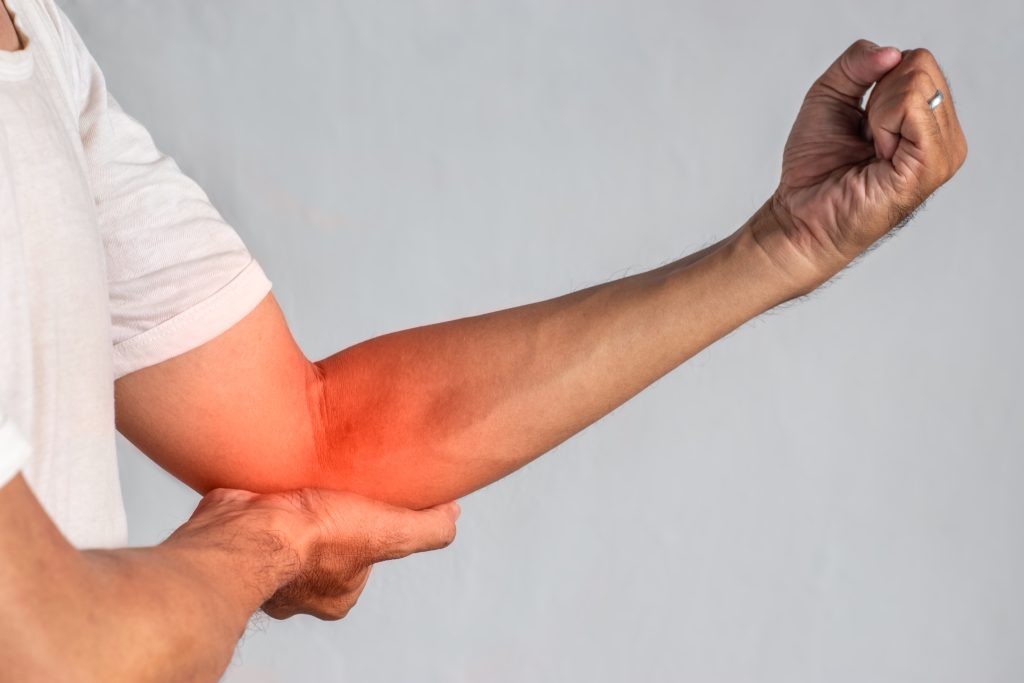
Symptoms of elbow joint arthrosis
Symptoms of elbow joint arthrosis
Wear and tear of the elbow joint is manifested by pain during flexion or extension. When the elbow is extended, pain often occurs with the mere carrying of a light object. During the examination, a loss of extension is regularly detected. Pain when moving in the mid-position occurs only in later stages of the disease. Clinically, one finds noises during movements and especially pain during passive movements in borderline positions.
What causes the symptoms of the joint?
Free cartilage or even bone corpuscles often develop in the joint. Mechanical blockages in free joint bodies occur in half of the patients. Free movement of the elbow is prevented by newly formed bony attachments (e.g. osteophytes) and stiffening of the joint capsule. Irritation of the elbow nerve by bony deposits is not uncommon. However, nocturnal pain and joint effusion are rare.
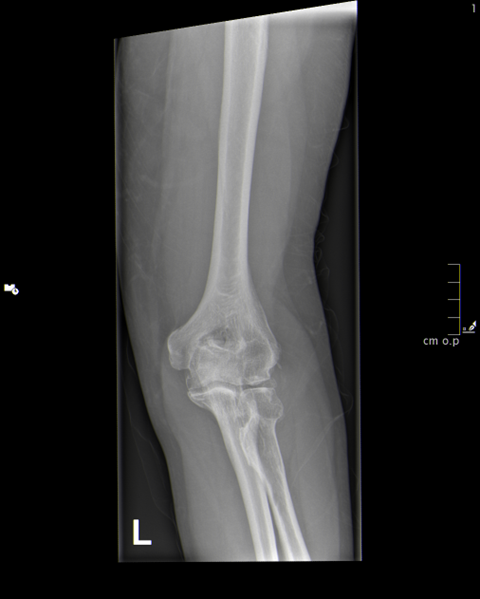
Treatment for arthritis of the elbow
Conservative therapy for elbow arthrosis
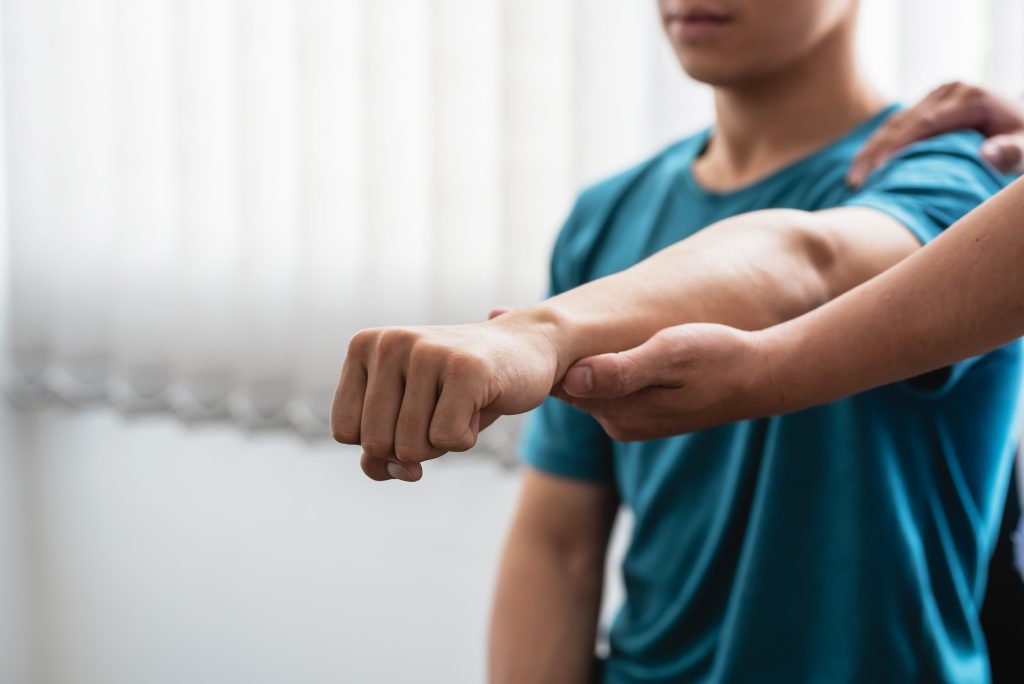
Elbow osteoarthritis is always initially treated with conservative methods (physiotherapy, regimen measures, non-steroidal anti-inflammatory drugs). Usually, relief of the pain condition is needed first, followed by a long-term change in activity. However, the exclusion of painful activities is often difficult for manually working patients to accept. Cortisone infiltration may be performed for short-term relief and to improve rehabilitation training. Infiltrations with hyaluronic acid can also help relieve acute painful irritation of the elbow. However, long-term relief is not expected in patients with advanced disease.
Elbow surgery
If conservative treatment is no longer sufficient, the only option is to proceed to surgery. In patients with limited degenerative changes, arthroscopy may help.
Arthroscopy of the elbow
Arthroscopic joint cleaning can relieve pain and slow the progression of the disease. However, arthroscopy should only be indicated in the initial stages of the degenerative process. It is possible to remove bony deposits (osteophytes) from both anterior and posterior parts of the elbow joint. Removal of osteophytes from the anterior part of the joint is much more difficult. Extraction of free joint corpuscles is not difficult. However, it is important to always keep in mind that arthroscopy of a degenerated elbow joint is much more difficult than for a joint with normal anatomical conditions. In osteoarthritis, surgical conditions aggravate osteophytes and joint capsule stiffness, but mainly significantly reduces joint space volume.
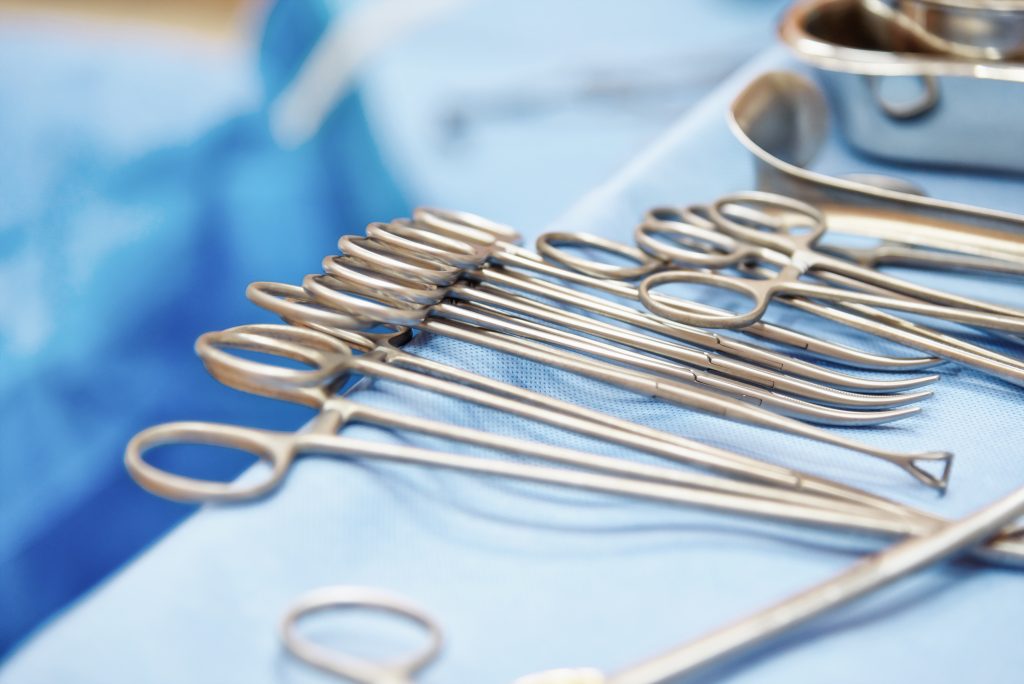
Other surgical techniques
If we indicate that arthroscopy is not sufficient to clean the joint, the technique described by Outerbridge and Kashiwagi, which is also less invasive, can be used. We clean the joint from behind through a short skin incision and the front part of the joint through the hole created in the humerus. However, this technique is not suitable if the extension in the elbow joint is to be increased at the same time. When we point out that joint cleaning should be even more radical in osteoarthritis, we usually choose techniques that are mainly designed to free up the movement of a stiff elbow joint. Cleaning the joint affected by osteoarthritis usually relieves the patient’s discomfort for a while, but it does not stop the progression of the disease, only slows it down.
Operations for advanced arthrosis
In a more advanced stage of osteoarthritis, irritation symptoms of the elbow nerve occur in a high percentage. They appear in about half of the patients operated on. In some cases, these are mild problems that disappear after the osteophytes are removed. If we see signs of significant ulnar nerve compression, we need to focus on releasing the nerve when cleaning the elbow or move it directly anteriorly.
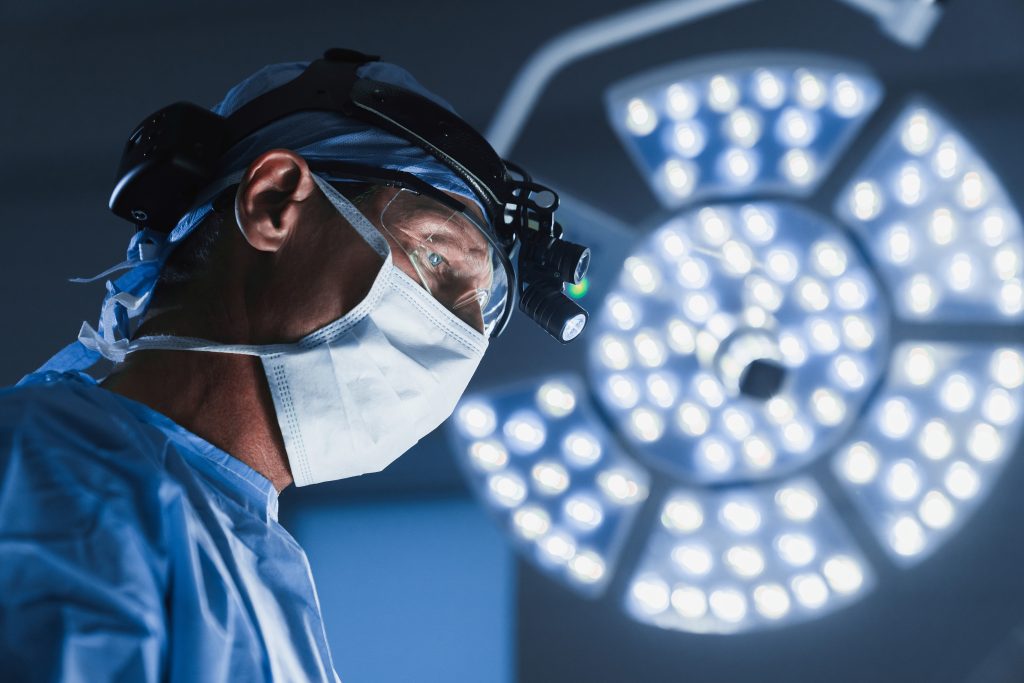
In a more advanced stage of osteoarthritis, irritation symptoms of the elbow nerve occur in a high percentage. They appear in about half of the patients operated on. In some cases, these are mild problems that disappear after the osteophytes are removed. If we see signs of significant ulnar nerve compression, we need to focus on releasing the nerve when cleaning the elbow or move it directly anteriorly.
If more than 50% of the articular cartilage circumference is lost in osteoarthritis due to joint irregularities, or if reconstruction of the joint surface is not possible due to significant degenerative changes, we must consider the indication for implantation of an artificial joint. Resolution of osteoarthritis by interposition arthroplasty (using a distraction device), has not been widely used in European countries. I apply the distraction fixator externally with good results in young patients with moderate osteoarthritis and concomitant elbow stiffness who do not want to be limited by an implanted total joint arthroplasty (artificial joint). However, the creation of the distraction apparatus is a relatively delicate task that is reserved for an experienced surgeon. After restoration of the anatomical shape of the articular surfaces, the articular surface of the humerus can be covered with a graft. The distraction apparatus remains loaded for at least four weeks.
In older and especially less physically active patients, the solution for advanced arthrosis of the elbow joint is a total endoprosthesis (artificial joint). The topic of endoprostheses of the elbow joint is very extensive and complex, and only a few narrowly specialized orthopedists are dedicated to this problem.